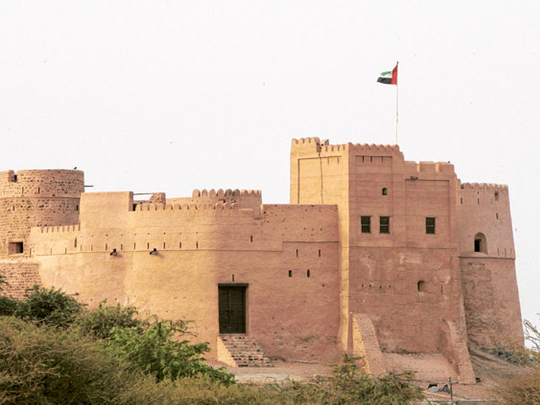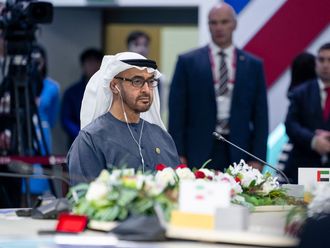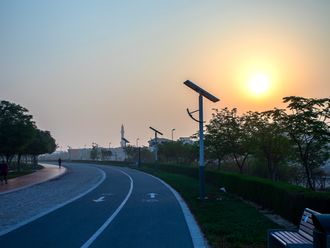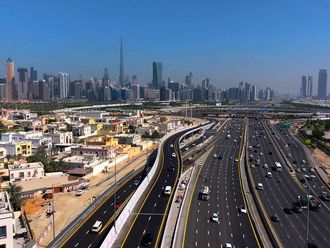
Dubai: Fujairah is known as the emirate of natural beauty. According to legends the name of the emirate is derived from a spring of water under a mountain.
Its history extends beyond the Christian era and it was then known as the land of sea giants.
People admire Fujairah for its natural beauty as it is endowed with fertile land, mountains, wadis and the vintage districts. It is one of the most visited emirates for its charm and beauty.
Fujairah covers approximately 450 square miles, and is the fifth largest emirate in the UAE. Its main sources of income are agriculture and fishing and it has always been recognised as a fishing territory therefore boat building is one of the most productive businesses in the emirate.
Sea trade
The coasts of Fujairah are safe for shipping and boating which makes the emirate a genuine attraction for sea trade, businessmen and tourists from all over the world.
Besides its natural beauty, Fujairah is famous for its museums and archaeological remains. And in mirroring the history, the emirate is home to three high profile museums that offer details of its past.
The Fujairah museum, the Fujairah Heritage Village and the Fujairah Fort all showcase ancient tools, pottery, garments, currencies and allow visitors to have a detailed image of life in bygone eras.
The Fujairah Fort and the Fujairah Heritage Village are close to each others which permit visitors to cover both the museums in the same day.
Archaeological sites in the emirate are one of the most intriguing aspects of the emirate. Fujairah Fort was constructed in 1670 and was gargantuan in scale. Remnants of human settlement around the castle are still visible.
Tourism
During the 1600s, the Fujairah Fort was used as a fortress to protect the city from invaders; currently it is major tourist attraction.
The Al Hail Castle which occupies an important position in Fujairah's history was actually used as a home of the ruler and was also used for surveillance and patrolling, it was also used to protect the city.
In 2002, the Fujairah Department of Archaeology allowed archaeologists to excavate some districts of the city to dig up more historic remains, in order to preserve the culture of such natural artwork emirate.












